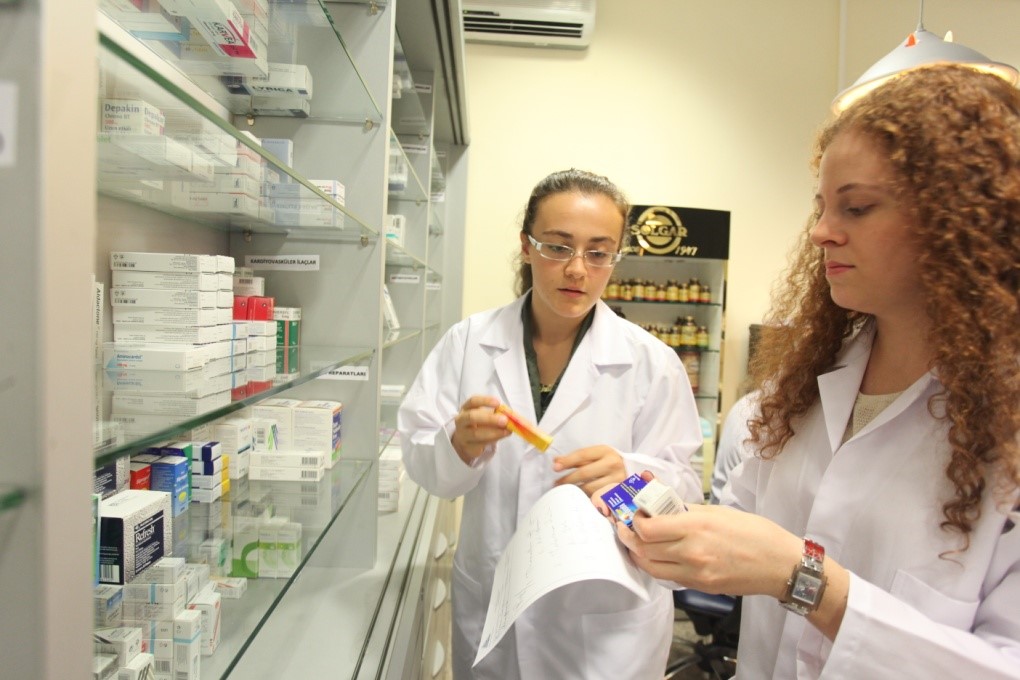
What is Physical Therapy?
The American Physical Treatment Association specifies physical therapy as "... a health profession whose primary function is the promo of ideal human health and function through the application of scientific principles to avoid, recognize, evaluate, fix, or reduce acute or extended motion dysfunction".
Physical Therapy is a profession whose main function is the remediation, maintenance, and promotion of optimum health, function, and lifestyle for people of all ages. The science of physical treatment includes the application of restorative modalities, techniques, and interventions that assist restore a person to their maximum physical capacity. The art of physical treatment is helping people assist themselves.
In laws and policies defining practice, physical therapy is typically defined as the care and services provided by a physical therapist or a physiotherapist assistant under the direction and supervision of a physical therapist, and consist of:
Alleviating problems and practical restriction by designing, carrying out, and customizing therapeutic interventions;
Preventing injury, problems, functional limitation and special needs; and Participating in consultation, education, and research.
More details about the profession of physical therapy might be acquired by visiting the American Physical Treatment Association's website at www.apta.org
Who are Physical Therapist Assistants?
Physical Therapist Assistants, or PTA's, are knowledgeable healthcare service providers who deal with and under the instructions and supervision of a physiotherapist to offer physical therapy services. In order for an individual to practice as a PTA, they need to graduate from a recognized PTA program and successfully pass a licensing/certification test.
PTA's play an essential role in providing physical therapy services for people with numerous impairments. When a client looks for or is referred for physical therapy services, the physiotherapist carries out an initial examination and details a strategy of care. The PTA can then bring out all or part of the treatment plan as instructed by the physiotherapist.
The American Physical Treatment Association acknowledges the PTA as the only person who assists the physiotherapist in the shipment of picked physical therapy interventions.
What does a Physical Therapist Assistant do?
The physiotherapist assistant (PTA) performs physical treatment interventions and associated tasks under the instructions and supervision of a physiotherapist. Such responsibilities may consist of training patients in healing exercise and activities of day-to-day living, using physical representatives such as cold, heat, electrical energy, or water for pain relief and healing, advising persons in making use of assistive devices for strolling, taking part in injury care, promoting wellness and injury prevention, offering patient and household education, training clients in wheelchair activities, helping the physical therapist in carrying out patient evaluations and complex interventions, and far more.
The PTA also monitors the client's response biomedical engineering associate degree to treatment, carries out various tests and measures, documents pertinent aspects of patient care, and maintains ongoing interaction with the supervising physical therapist, along with other health care professionals.
What is the distinction between a PT and a PTA?
The physiotherapist (PT) and the physical therapist assistant (PTA) vary in educational preparation and levels of duties as it relates to the arrangement of physical therapy services.
Today, the frustrating majority of PT schools inform physical therapists at the Doctorate level, although lots of practicing therapists were educated when programs needed only a Master's or Bachelor's degree. The PTA is informed at the Associate's degree level, which usually corresponds to 2 years of college.
The PTA has a working knowledge of the theory behind treatment interventions, understands pathological conditions being treated, and comprehends how to apply methods and methods used to deal with those conditions.
The PT has extensive education in evaluative abilities, research, and administration, along with advanced coursework in human anatomy, neuroanatomy, orthopedics, pathology, and healing techniques. Both the PT and the PTA need to graduate from certified programs and pass a licensing evaluation in order to practice in their respective functions.
Consumers/patients may seek the services of the physiotherapist directly, or, the patient may be described a physical therapist by a doctor. The PT performs the preliminary assessment and assessment of the patient. The evaluation will lead to a physical therapy medical diagnosis, and as appropriate, the PT will develop goals or results to be achieved by a physical therapy plan of care and treatment strategy.
The PTA can not perform the initial assessment or evaluation; nevertheless, the PTA may assist the PT in gathering data. Following the examination of the patient, the PTA may carry out selected interventions and information collection as directed by the supervising PT. The PTA should constantly work under the direction and guidance of a physical therapist. The collective relationship in between the PT/PTA is highly reliable and valued, and the team significantly adds to the success of the overall rehab process.